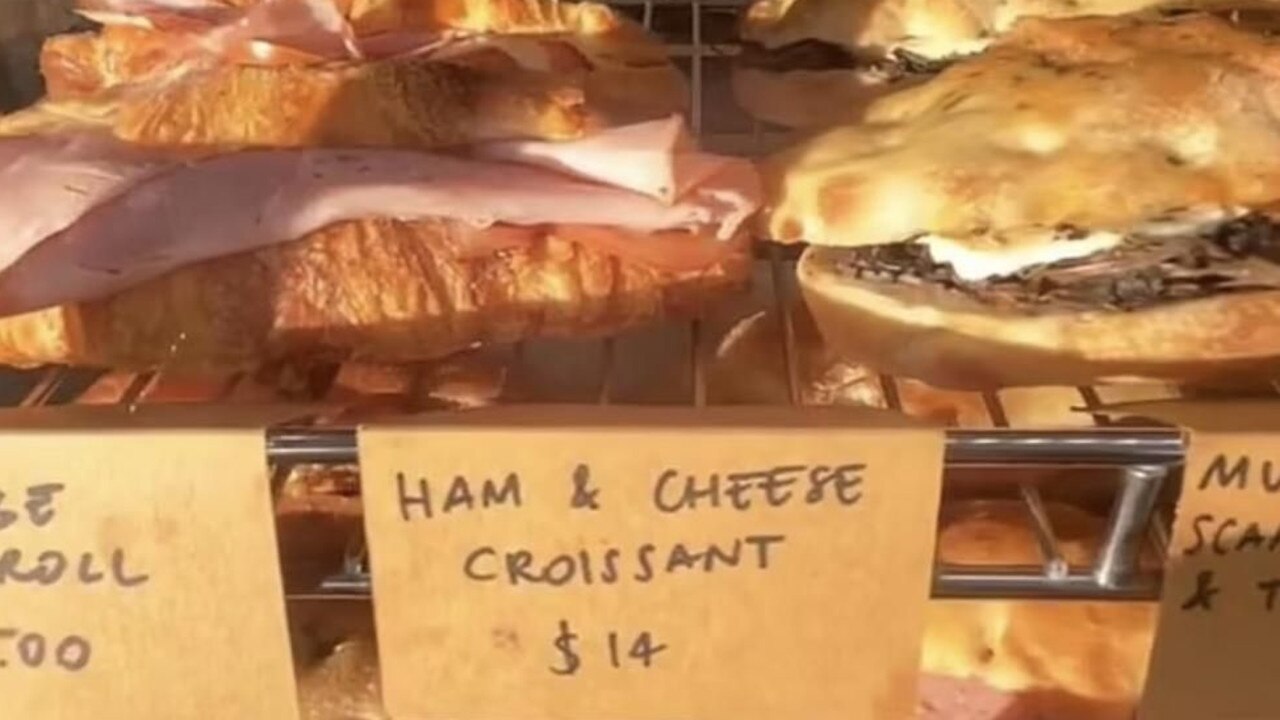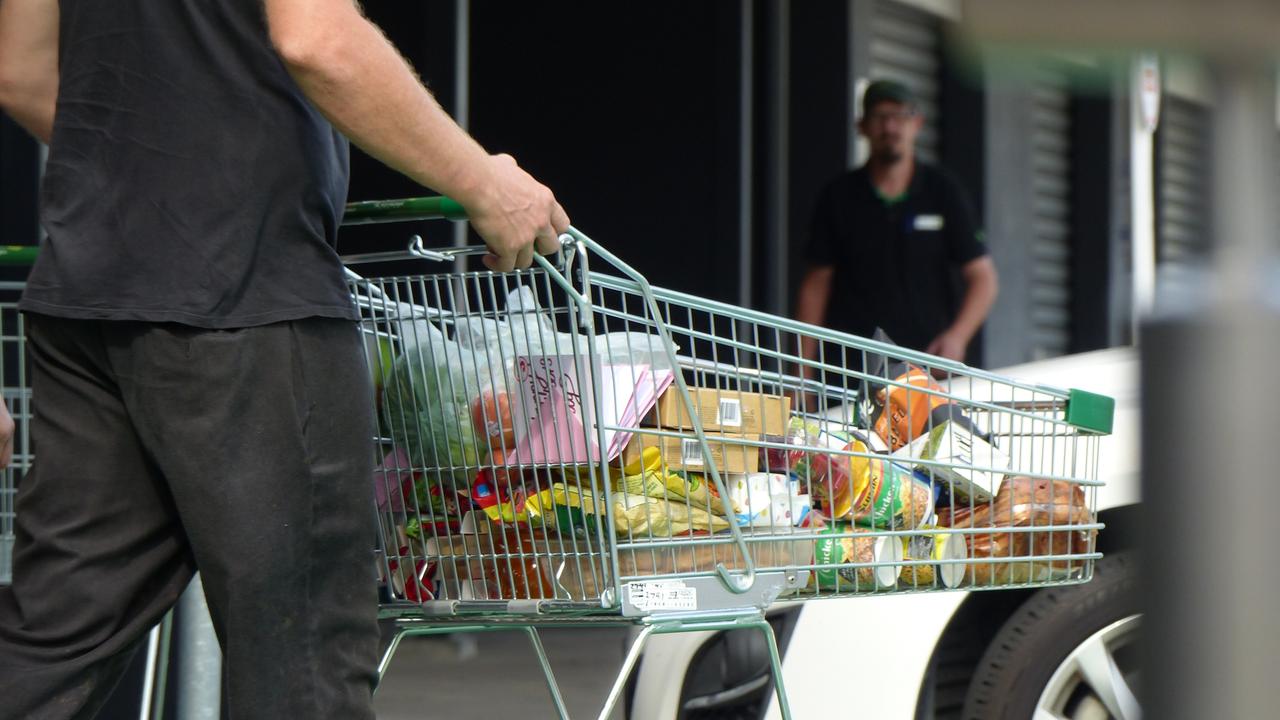Australians reveal their cost of living shocks, pointing to a grim truth about the national economy
A list of some of Australia’s most overpriced items has gone viral online, and a leading economist says it reveals a sad truth about the nation’s economy.
It seems Australians are finally cracking under the relentless cost of living pressures, and more and more of us are venting our frustrations about rising prices wherever, whenever, and to whomever will listen.
Social media is littered with “can you believe the cost of this” posts – from an overpriced cafe croissant, pricey chips, to eye-watering utility bills – that have not only become more frequent, but angrier as higher prices sink in.
Even the most humble menu items and takeaway options have been hit by inflationary pressures: whether it be “obscene” coffee prices, $18 slices of banana bread or a simple feed of fish and chips.
One fed-up Aussie sparked a wave of anger on social media after asking an online community to share their biggest “OMG cost of living moments”.
Some of the top-rated responses included $20 for a late-night kebab, $5.50 for a tub of KFC gravy and $5.20 for a Coke at McDonald’s.
“The amount of tape covering the prices of menu items across cafes and lunch bars - I swear each week the price has increased by $1!,” another social media user complained.



A common underlying theme in the thread was anger over the persistent growth in grocery prices; in particular, pantry staples like bread, milk, cereal, butter, and cheese.
And chief economist at the Australia Institute, Greg Jericho, says their pain “gets to the heart of inflation”.
“It’s really a case of the cost of non-discretionary items that you can’t go without – petrol, rent, food – driving inflation,” Mr Jericho told news.com.au.
“Milk, bread, electricity, rent, we’re hyper aware of how much they cost, so households are very hyper aware of those price increases.”
“That’s why they’re really feeling the shock of not just prices going up but the prices of things they’ve always bought, and have no choice but to buy going up.”

The latest quarterly inflation figures from the Australian Bureau of Statistics show the Consumer Price Index (CPI) rose 5.4 per cent over the 12 months to September 2023, up 1.2 per cent in the quarter.
Yet, Mr Jericho noted, the costs of non-discretionary items are rising faster than overall inflation: up 5.5 per cent in the past 12 months.
Meanwhile, the prices of most food categories – which, overall, rose 4.8 per cent in the year – were rising much faster than inflation. The annual cost of dairy products rose 10.2 per cent, while bread and cereal costs rose 9.7 per cent.
But not all items in the supermarket trolley were marked up, fruit and vegetable prices fell 6.4 per cent in the year to September.
Those high food costs were a major contributor to the 9.2 per cent increase on non-discretionary household spending in the period, with Australians spending an $14.16 billion on groceries in the 30 days of September, according to Finder.
That is up from a $14.03 billion grocery spend in August, and equates to about $535 per person spent on groceries in September.

And adding to all of this pain, Mr Jericho said, is that “wage growth is not keeping up anywhere near overall inflation”.
“It’s not just recent increases, it’s the fact that over the past three years we’re getting further away from wage growth,” he said.
According to the latest ABS Wage Price Index, wage growth was 3.6 per cent for the year to June. But because headline inflation had still increased by 0.9 per cent in the June quarter, it meant that real wages had been falling for three years.
“Everyone feels the price increases more than the decreases,” Mr Jericho added.
“It’s even worse for low-to-middle-income households, because they’re spending a larger proportion of their earnings on those items.
“They’re really hurting. And putting on top of that another rate rise, it’s going to have a lot of households wondering if Christmas is going to be much fun.”
He said the fact there was more outward angst about rising prices suggested Aussies had reached a “breaking point” with the cost of living crisis. And, he added, the Reserve Bank’s latest rate rise did not help calm the frustrations.
“I think we’re starting to see a drop in patience about it all,” Mr Jericho concluded.
“It’s got to a point where people don’t like it but instead of ‘I know if has to be done’, it’s ‘wow, this seams mean’.”
But the price pain is a long way from over, with inflation still above target enough for the Reserve Bank board to serve the latest rise with a warning of another in the future.
“I think we’ve reached a turning point in people’s minds – and it should also be one for the government to take a proactive stance on what they’re doing to beat inflation.”





